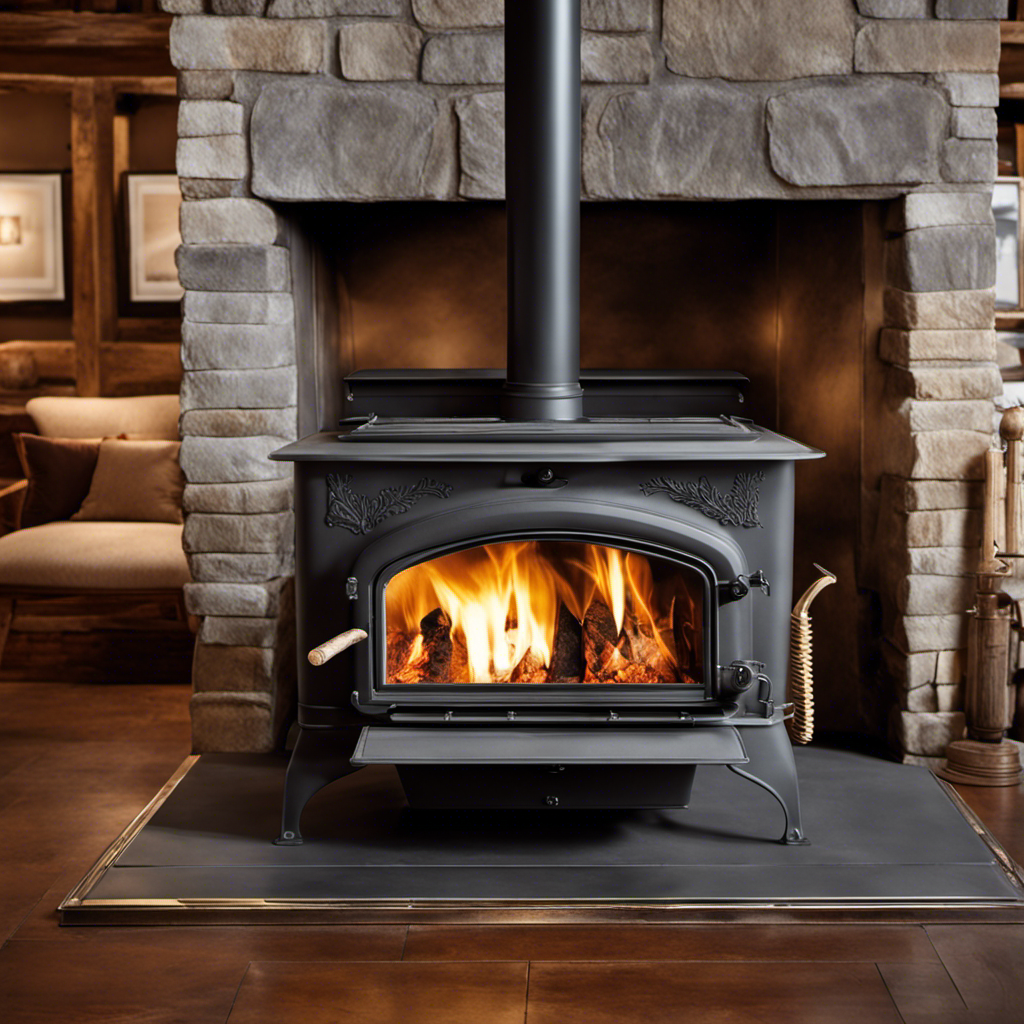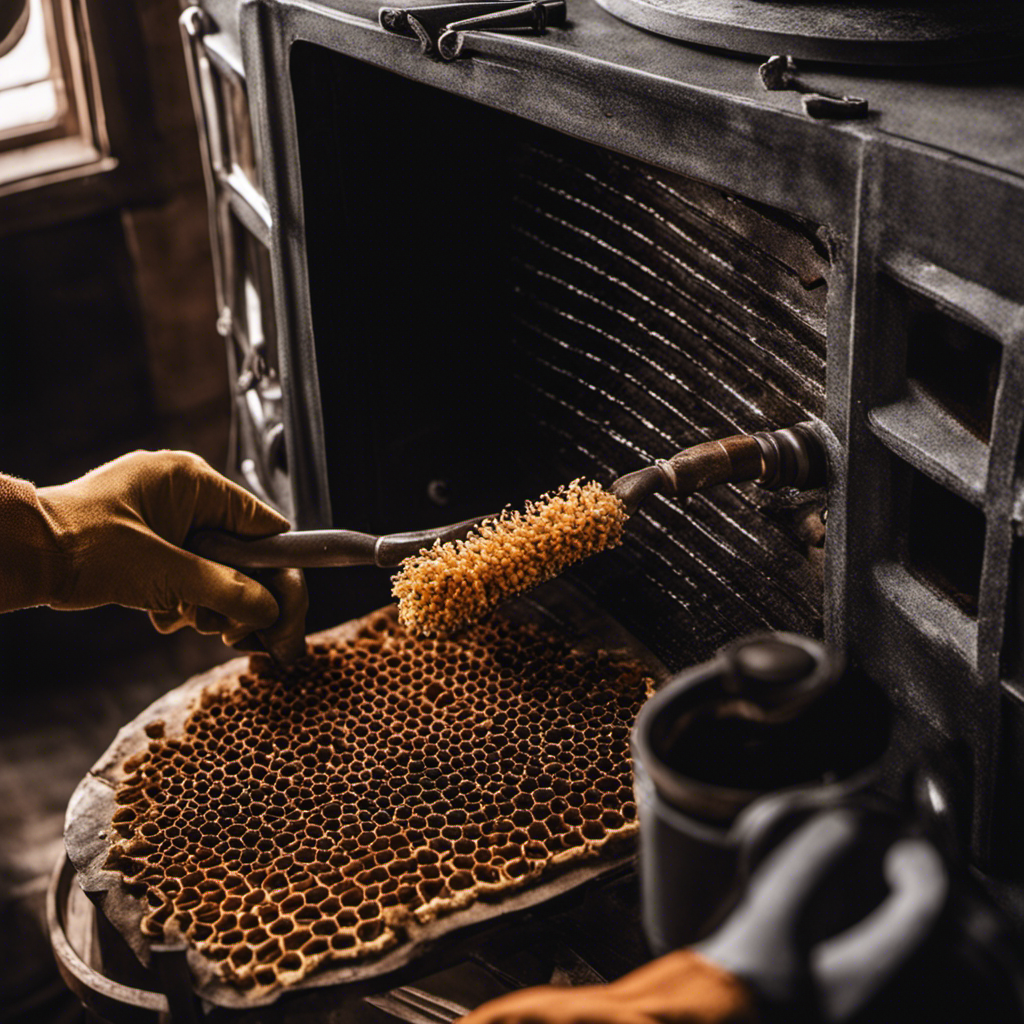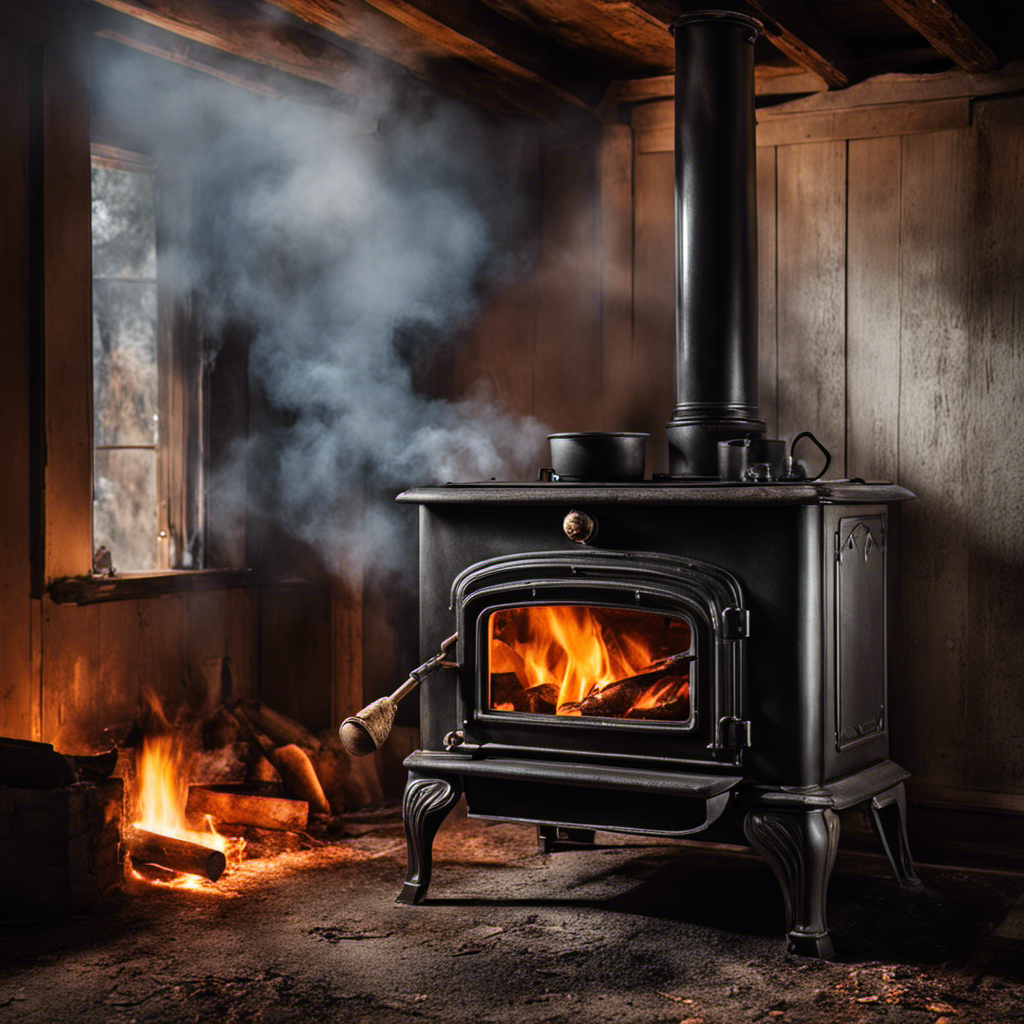Curious about how to tell if your wood stove damper is open or closed? No need to fret, as I have the solution for you! In this article, I will share some foolproof techniques that will easily assist you in determining the status of your wood stove damper.
From visual clues to using your hand and even conducting smoke tests, you’ll have all the tools you need to ensure optimal efficiency and safety.
So, let’s dive in and put your damper dilemma to rest!
Key Takeaways
- The position of the damper handle can indicate whether it is open or closed.
- Visual clues such as light coming through the damper or visible indicators can help determine the damper position.
- Feeling the position of the handle can also give an indication of whether the damper is open or closed.
- Checking for drafts, listening for rushing or whistling noises, and conducting a smoke test can provide confirmation of the damper position.
Understanding the Function of a Wood Stove Damper
I can understand how a wood stove damper functions by controlling airflow and heat distribution. The damper is an essential component of a wood stove, as it helps regulate the amount of air that enters and exits the firebox. This control is crucial for achieving optimal combustion and heat output.
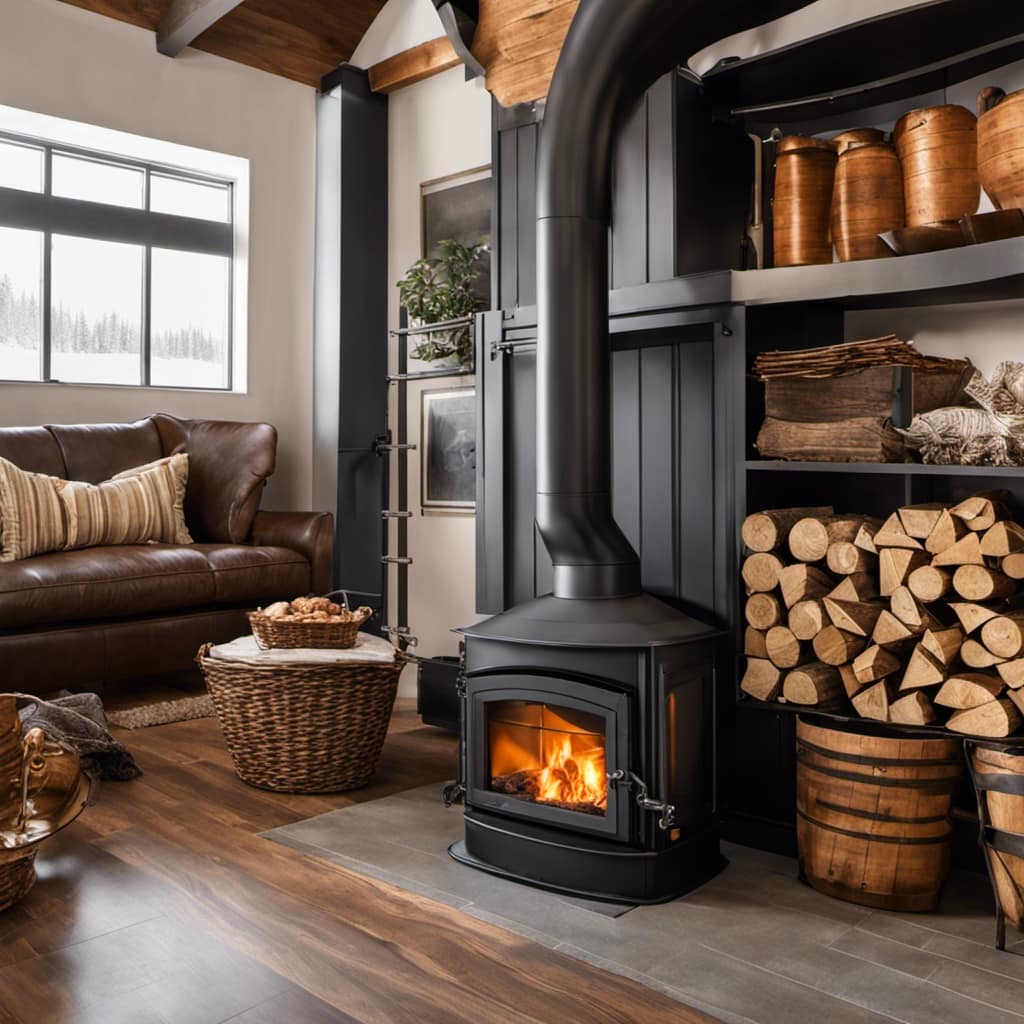
However, it’s important to note that regular maintenance of the damper is necessary to ensure its proper functioning. Over time, dampers may become clogged with creosote or debris, leading to decreased efficiency and potential safety hazards. Regular cleaning and inspection can prevent these issues and maintain the damper’s performance.
In addition, common issues with wood stove dampers include rust, misalignment, or a stuck mechanism. Troubleshooting these problems may involve lubricating moving parts, adjusting the damper handle, or replacing damaged components.
Visual Clues to Determine if the Damper Is Open or Closed
From my perspective, it’s clear whether the damper is open or closed based on visible indicators. Here are four ways to determine the position of the damper:
-
Observing the position of the damper handle: The handle is usually located on the front or side of the wood stove. When the damper is closed, the handle will be in a horizontal position, parallel to the floor. When open, it will be in a vertical position, pointing towards the ceiling.

-
Using a flashlight to check for light coming through the damper: If you shine a flashlight into the stove and see light coming through the damper, it means the damper is open. In contrast, if no light is visible, the damper is closed.
These visual clues are reliable indicators of whether the damper is open or closed, helping you ensure proper ventilation and efficient operation of your wood stove.
Using Your Hand to Feel the Damper Position
Feeling the damper position with my hand provides a tactile way to determine its current state. By reaching up to the damper handle and gently touching it, I can feel whether it’s open or closed. When the damper is open, I can feel the handle in a higher position, allowing more airflow through the stove.
On the other hand, when the damper is closed, the handle is in a lower position, restricting the airflow. It’s important to note that feeling the damper position alone may not provide a definitive answer, as it’s possible for the handle to be in a mid-position. In such cases, additional methods like using a thermometer or a flashlight can be helpful in confirming the damper status.
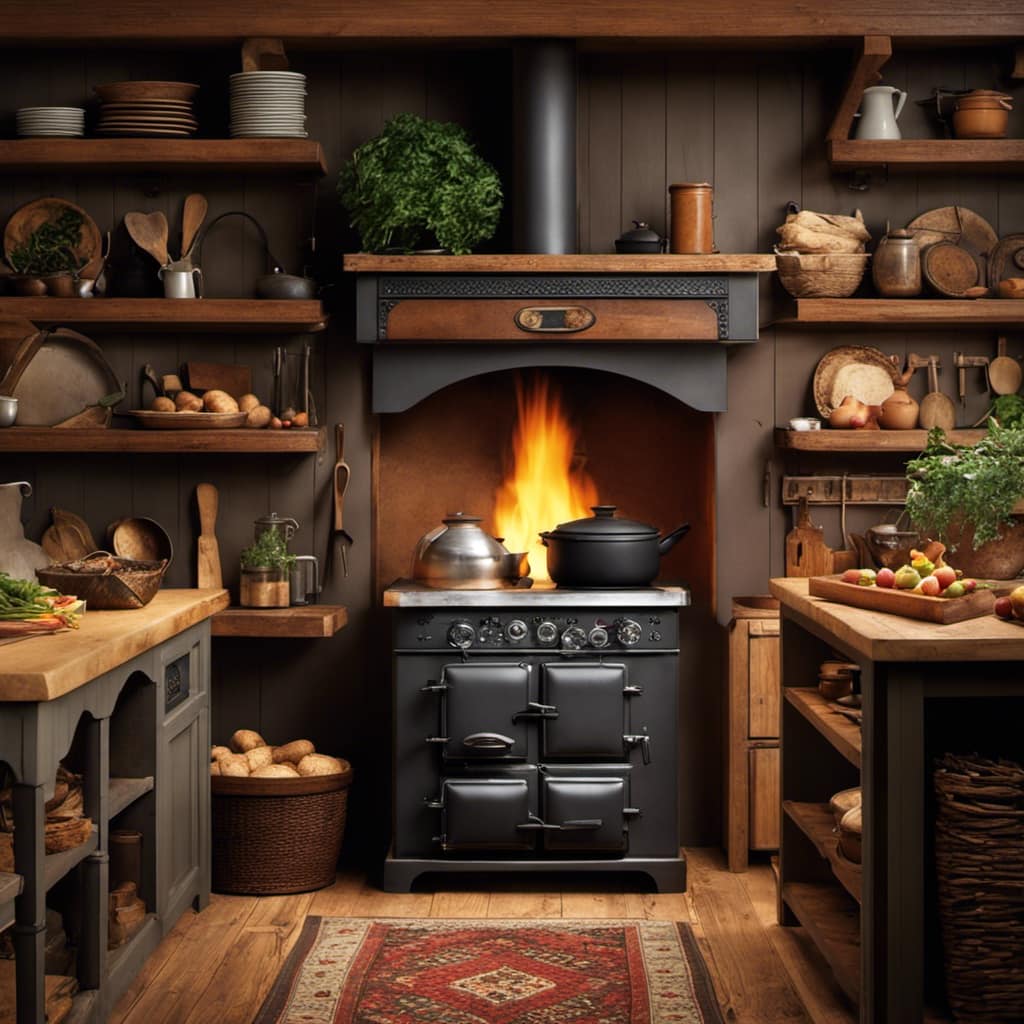
Transitioning into the next section, let’s explore how checking for drafts can further confirm the position of the damper.
Checking for Drafts to Confirm Damper Status
Confirming the position of the damper can be done by checking for drafts around the stove. Here are four ways to determine if the damper is open or closed:
-
Check for Air Flow: Stand near the stove and feel for any air movement. If you feel a breeze coming from the flue, the damper is likely open. Conversely, if there’s no air flow, the damper is likely closed.
-
Listen for Sounds: Pay attention to any sounds coming from the flue. If you hear a rushing or whistling noise, it indicates that the damper is open and allowing air to flow. On the other hand, if the flue is silent, it suggests that the damper is closed.
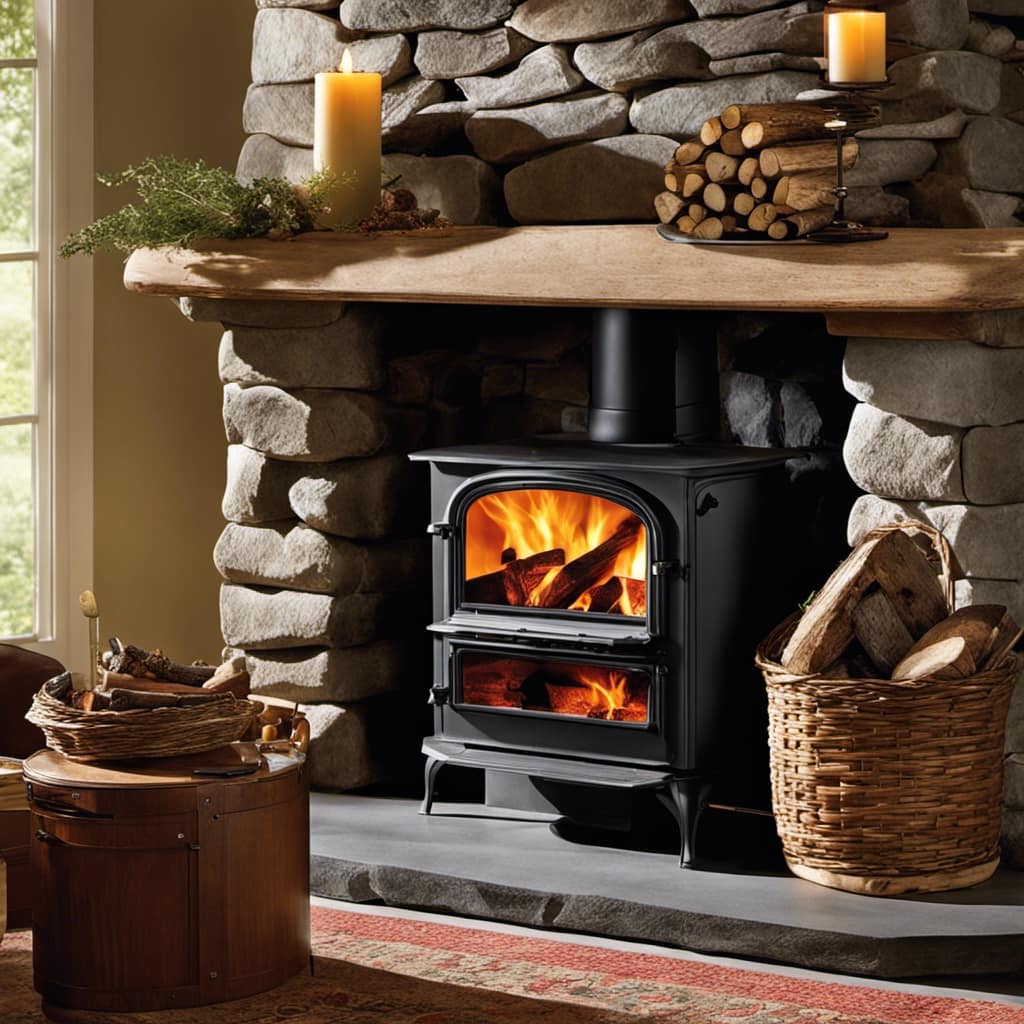
-
Use a Smoke Test: Light a small piece of paper and hold it near the flue opening. If the smoke is drawn up into the flue, the damper is open. If the smoke remains stagnant or is pushed back into the room, the damper is closed.
-
Inspect the Damper Handle: Look for a handle or lever near the stove that controls the damper. If the handle is in a horizontal position, the damper is open. If the handle is in a vertical position, the damper is closed.
Utilizing Smoke Tests to Verify Damper Position
I can determine the position of the damper by conducting a smoke test near the flue opening. This technique is widely used in the industry and provides a reliable way to verify if the damper is open or closed. To perform the smoke test, I first need to light a small fire in the wood stove. Once the fire is burning, I can observe the smoke as it rises towards the flue opening. If the damper is open, the smoke will be drawn up and out of the chimney. On the other hand, if the damper is closed, the smoke will linger in the stove and eventually fill the room. This simple yet effective testing technique allows me to quickly determine the position of the damper and ensure proper operation of my wood stove.
| Pros | Cons |
|---|---|
| Easy to perform | Requires starting a fire |
| Provides immediate results | Smoke may require ventilation afterwards |
| Doesn’t require additional tools | May not be suitable for all situations |
| Can be done by anyone | Limited to visual confirmation |
Frequently Asked Questions
Can I Use a Wood Stove Damper to Control the Heat Output of the Fire?
Yes, you can use a wood stove damper to control the heat output of the fire. It is an essential part of wood stove maintenance and offers numerous benefits, such as improved efficiency and better heat regulation.
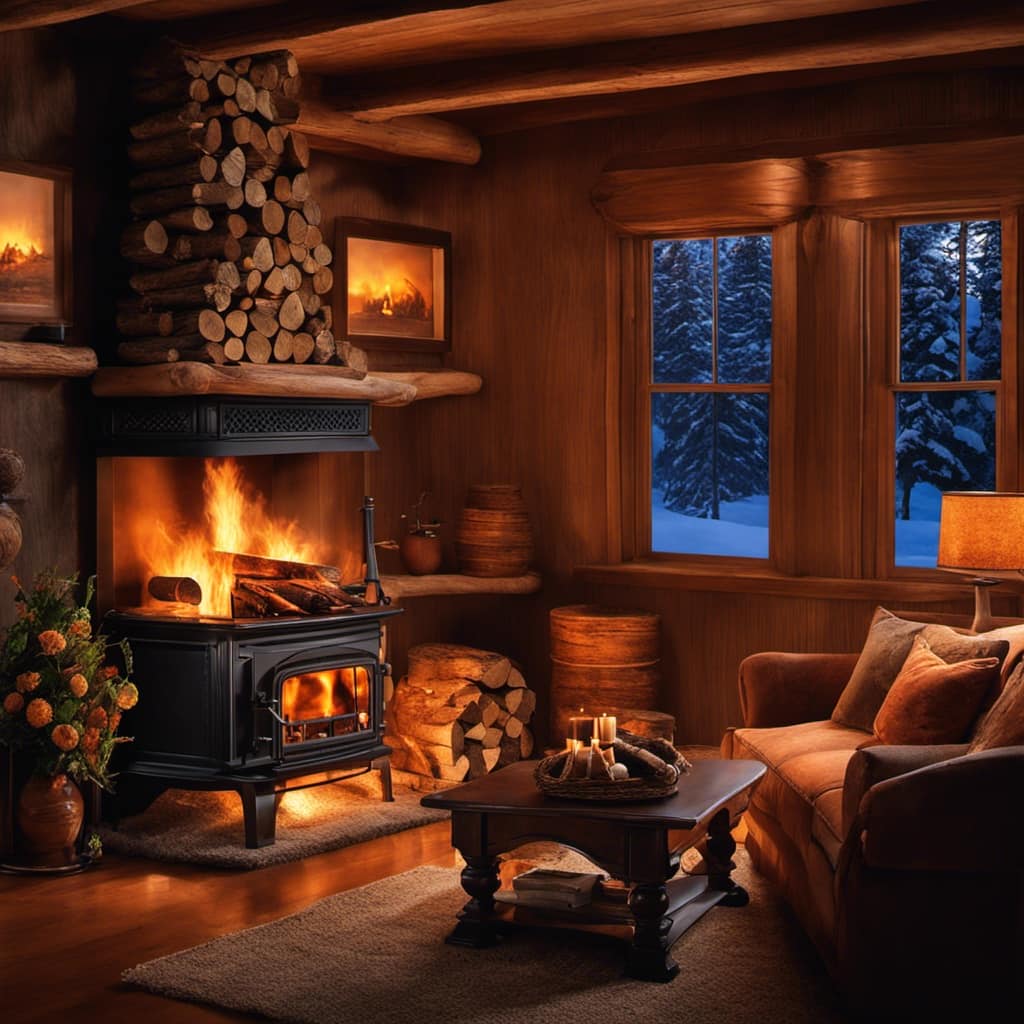
How Often Should I Check the Damper to Ensure It Is Functioning Properly?
I check my wood stove damper regularly to ensure it functions properly. It’s important to clean it often and watch for signs of malfunction, such as difficulty opening or closing, smoke leakage, or excessive heat loss.
Is There a Specific Type of Wood That Burns Better With the Damper Open or Closed?
When it comes to wood stove efficiency, using the best wood is key. Whether the damper is open or closed depends on the type of wood you’re burning and the desired burn rate.
Can a Wood Stove Damper Be Adjusted While the Fire Is Burning?
Yes, the wood stove damper can be adjusted while the fire is burning. However, it is important to take proper safety precautions when doing so to prevent accidents or injuries.
Are There Any Safety Precautions I Should Take When Operating a Wood Stove Damper?
When operating a wood stove damper, it’s important to follow proper maintenance tips to ensure safety. Avoid common mistakes like operating the damper without proper ventilation or leaving it open when not in use.

Conclusion
In conclusion, determining whether a wood stove damper is open or closed can be done through visual clues, feeling the damper position with your hand, checking for drafts, and conducting smoke tests.
For example, imagine you’re sitting by your wood stove and notice a draft coming from the chimney. By inspecting the damper, you find it’s partially open, allowing cold air to enter the room.
Adjusting the damper to a closed position would eliminate the draft and improve the stove’s efficiency.
Growing up surrounded by the vast beauty of nature, Sierra was always drawn to the call of the wild. While others sought the comfort of the familiar, she ventured out, embracing the unpredictable and finding stories in the heartbeat of nature.
At the epicenter of every remarkable venture lies a dynamic team—a fusion of diverse talents, visions, and passions. The essence of Best Small Wood Stoves is crafted and refined by such a trio: Sierra, Logan, and Terra. Their collective expertise has transformed the platform into a leading authority on small wood stoves, radiating warmth and knowledge in equal measure.




